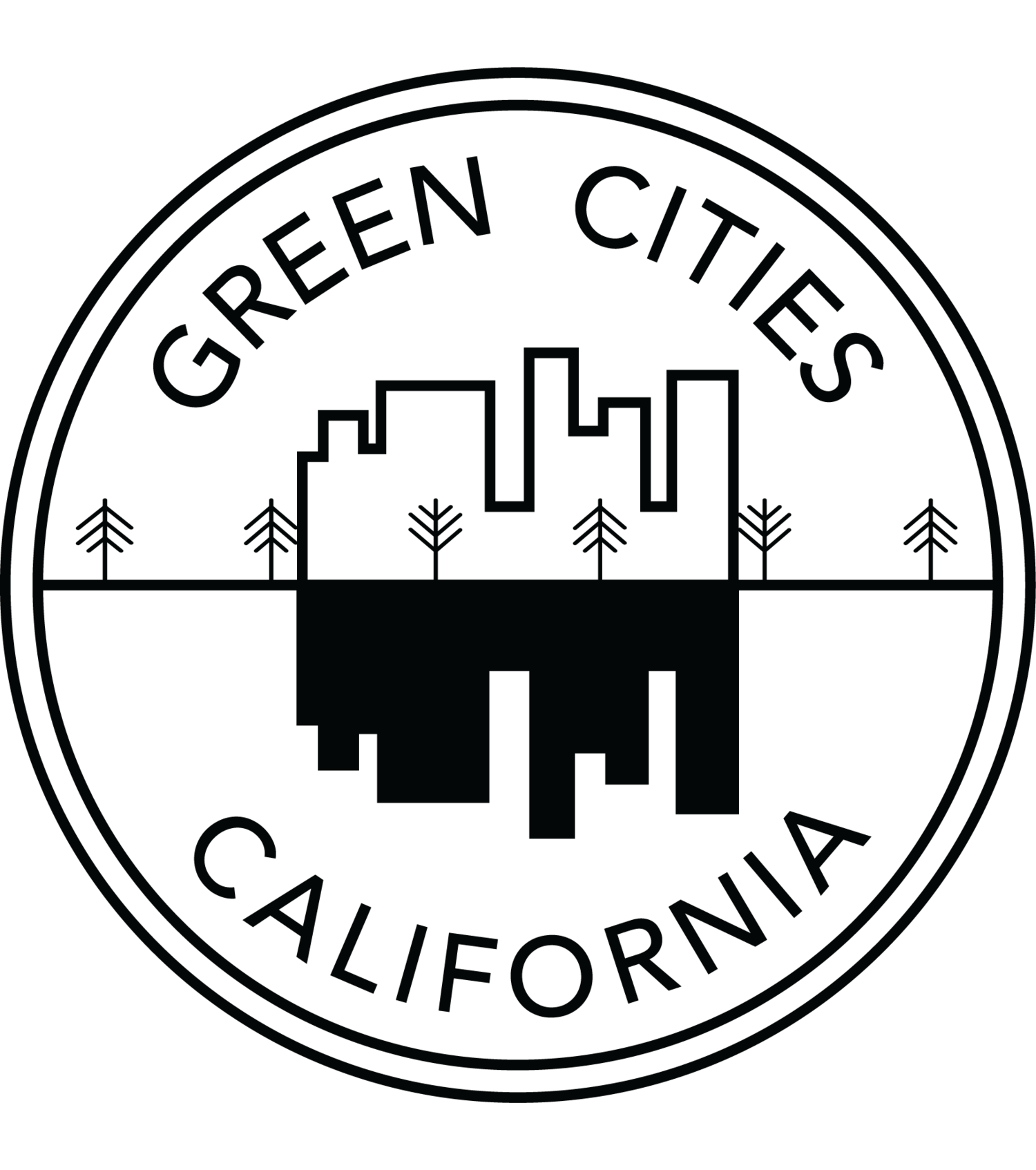Requiring manufacturers to design products and packaging to be less-toxic, longer-lasting and recyclable (California Product Stewardship Council)
How IT can benefit you
You pay taxes to local governments to recycle or safely dispose of harmful:
- Products like electronics, mattresses, fluorescent lighting, batteries, paint, thermostats, pharmaceuticals, pesticides, carpet, and needles.
- Packaging like plastics and Styrofoam.
Many products and packaging are designed to be disposed, instead of reused or recycled. If manufacturers were required to pay to recycle or safely disposal them, it:
- Would incentivize producers to design them to be less-toxic, more long-lasting and recyclable.
- Can lower manufacturing costs, and your recycling costs.
That’s called extended producer responsibility (EPR) or product stewardship.
Why it's a leading program
CPSC is a nonprofit network of local governments, nonprofits, businesses, and individuals. CPSC’s legislative successes in California resulted in requests from across the country for assistance. So in 2015, CPSC created the National Stewardship Action Council to carry CPSC’s work forward without lobbying limits on a national scale.
Goal
To have manufacturers fund programs for their products and packaging by:
- Recycling or taking them back.
- Designing them to be zero waste (cradle-to-cradle).
Who can take action
Get tips for your home and policy updates from CPSC by:
Create takeback programs and policies.
Learn how to lobby your CA lawmakers.
Get invited to events and webinars if you become a member. Contact: info@calpsc.org.
Outcome
139 cities and counties passed resolutions supporting an EPR policy approach.
Five California counties also passed ordinances requiring pharmaceutical companies fund the collection and disposal of unwanted medicine from residents.
Contact
California Product Stewardship Council, (916)706-3420, info@calpsc.org
Last Updated
December 20, 2015






